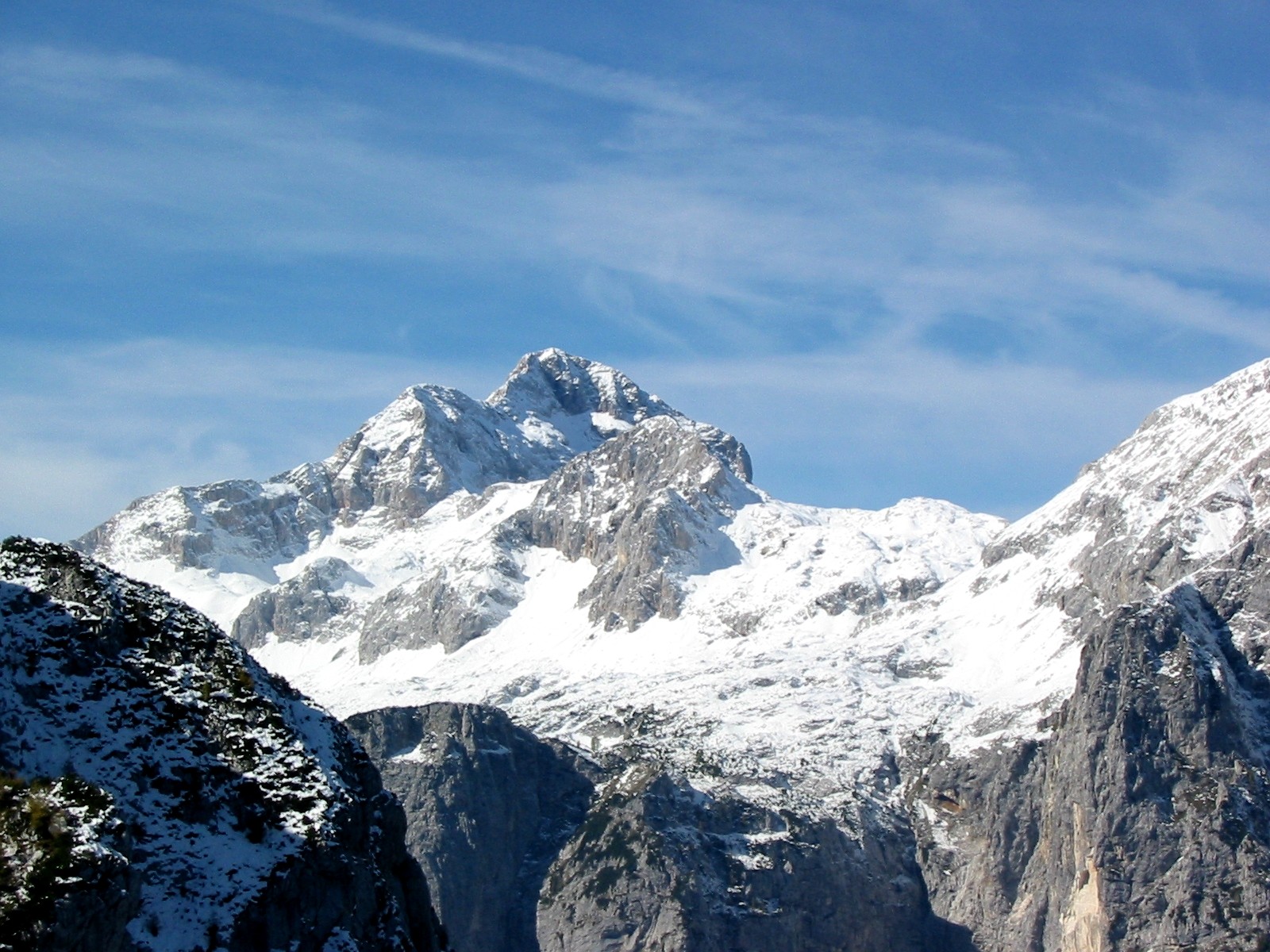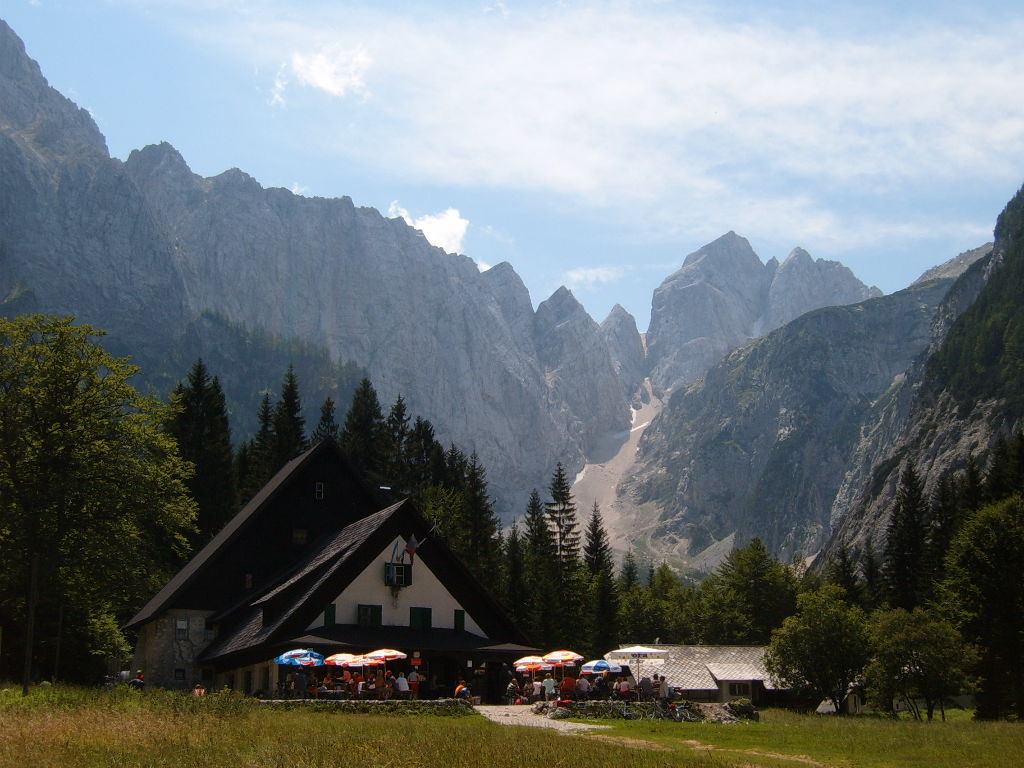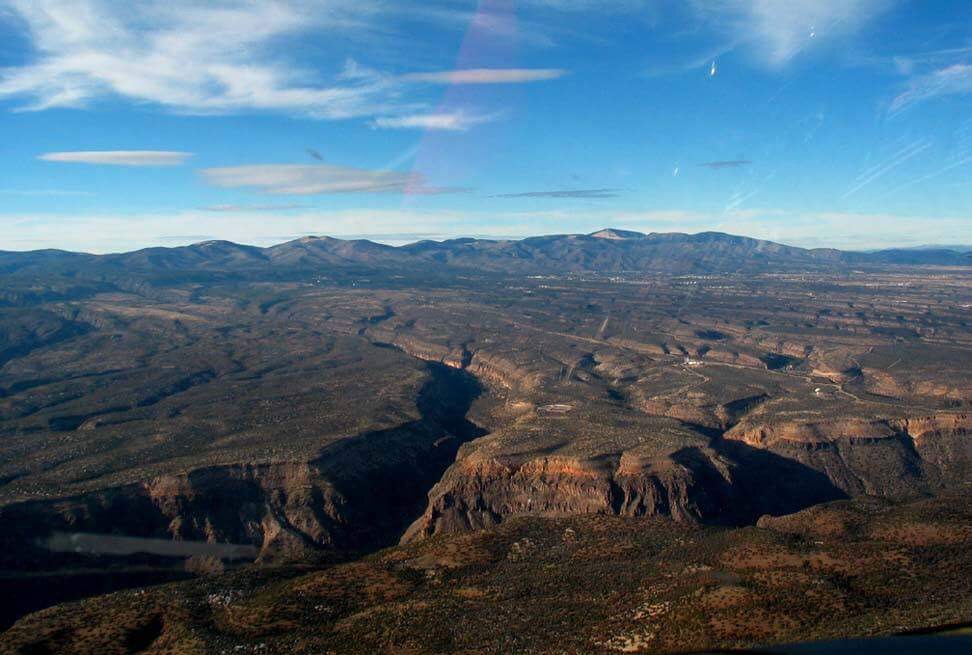|
Mežakla
Mežakla () is a long undulating plateau about long in the foothills of the Julian Alps above the town of Jesenice in northwestern Slovenia. It ranges from approximately to high. It is mostly covered with spruce and beech trees. There are many pastures and clear streams on the plateau. Mežakla is part of Triglav National Park Triglav National Park (TNP) ( sl, Triglavski narodni park) is the only national park in Slovenia. It was established in its modern form in 1981 and is located in the northwestern part of the country, respectively the southeastern part of the Alp ... but tourism is underdeveloped. Name The name ''Mežakla'' was first attested in written sources as ''Moshägkhlä'' in 1579 (and as ''Musakhla'' in 1609 and ''Meſaqua'' in 1744). The name is derived from the dialect word ''mežek'' 'juvenile bear'. References External links * Mežakla on Geopedia {{DEFAULTSORT:Mezakla Plateaus in Upper Carniola Karst plateaus of Slovenia Triglav National Park< ... [...More Info...] [...Related Items...] OR: [Wikipedia] [Google] [Baidu] |
Julian Alps
The Julian Alps ( sl, Julijske Alpe, it, Alpi Giulie, , ) are a mountain range of the Southern Limestone Alps that stretch from northeastern Italy to Slovenia, where they rise to 2,864 m at Mount Triglav, the highest peak in Slovenia. A large part of the Julian Alps is included in Triglav National Park. The second highest peak of the range, the 2,755 m high Jôf di Montasio, lies in Italy. The Julian Alps cover an estimated 4,400 km2 (of which 1,542 km2 lies in Italy). They are located between the Sava Valley and Canale Valley. They are divided into the Eastern and Western Julian Alps. Name The Julian Alps were known in antiquity as ''Alpe Iulia'', and also attested as ''Alpes Juliana'' AD 670, ''Alpis Julia'' 734, and ''Alpes Iulias'' in 1090. Like the municipium of ''Forum Julii'' (now Cividale del Friuli) at the foot of the mountains, the range was named after Julius Caesar of the Julian clan, perhaps due to a road built by Julius Caesar and completed by Aug ... [...More Info...] [...Related Items...] OR: [Wikipedia] [Google] [Baidu] |
Jesenice, Jesenice
Jesenice (, german: Aßling''Leksikon občin kraljestev in dežel zastopanih v državnem zboru'', vol. 6: Kranjsko. 1906. Vienna: C. Kr. Dvorna in Državna Tiskarna, p. 144.) is a Slovenian town and the seat of the Municipality of Jesenice on the southern side of the Karawanks, bordering Austria to the north. Jesenice is known as the Slovenian home of mining and iron making industries, its largest steel company Acroni, and its ice hockey club, HK Acroni Jesenice. Historically, Jesenice's ironworks and metallurgy industries were the driving force of the town's development. History Name Jesenice was attested in written sources in 1337 as ''villa de Jesenicza'' (and as ''Assnigkh'' and ''Asnigkh'' in 1381, and ''Jasnickh'' and ''Aisnstnick'' in 1493–1501). The name is derived from ''*Jesen(ьn)icě'', a locative singular form of ''Jesenik'' (< ''*Esenьnikъ''). The suffix ''-ě'' became ''-i'' in the local dialect and was reinterpreted as a nominative masculine plural, the accusa ... [...More Info...] [...Related Items...] OR: [Wikipedia] [Google] [Baidu] |
Slovenia
Slovenia ( ; sl, Slovenija ), officially the Republic of Slovenia (Slovene: , abbr.: ''RS''), is a country in Central Europe. It is bordered by Italy to the west, Austria to the north, Hungary to the northeast, Croatia to the southeast, and the Adriatic Sea to the southwest. Slovenia is mostly mountainous and forested, covers , and has a population of 2.1 million (2,108,708 people). Slovenes constitute over 80% of the country's population. Slovene, a South Slavic language, is the official language. Slovenia has a predominantly temperate continental climate, with the exception of the Slovene Littoral and the Julian Alps. A sub-mediterranean climate reaches to the northern extensions of the Dinaric Alps that traverse the country in a northwest–southeast direction. The Julian Alps in the northwest have an alpine climate. Toward the northeastern Pannonian Basin, a continental climate is more pronounced. Ljubljana, the capital and largest city of Slovenia, is geogr ... [...More Info...] [...Related Items...] OR: [Wikipedia] [Google] [Baidu] |
Plateau
In geology and physical geography, a plateau (; ; ), also called a high plain or a tableland, is an area of a highland consisting of flat terrain that is raised sharply above the surrounding area on at least one side. Often one or more sides have deep hills or escarpments. Plateaus can be formed by a number of processes, including upwelling of volcanic magma, extrusion of lava, and erosion by water and glaciers. Plateaus are classified according to their surrounding environment as intermontane, piedmont, or continental. A few plateaus may have a small flat top while others have wide ones. Formation Plateaus can be formed by a number of processes, including upwelling of volcanic magma, extrusion of lava, Plate tectonics movements and erosion by water and glaciers. Volcanic Volcanic plateaus are produced by volcanic activity. The Columbia Plateau in the north-western United States is an example. They may be formed by upwelling of volcanic magma or extrusion of lava. The un ... [...More Info...] [...Related Items...] OR: [Wikipedia] [Google] [Baidu] |
Spruce
A spruce is a tree of the genus ''Picea'' (), a genus of about 35 species of coniferous evergreen trees in the family Pinaceae, found in the northern temperate and boreal (taiga) regions of the Earth. ''Picea'' is the sole genus in the subfamily Piceoideae. Spruces are large trees, from about 20 to 60 m (about 60–200 ft) tall when mature, and have whorled branches and conical form. They can be distinguished from other members of the pine family by their needles (leaves), which are four-sided and attached singly to small persistent peg-like structures (pulvini or sterigmata) on the branches, and by their cones (without any protruding bracts), which hang downwards after they are pollinated. The needles are shed when 4–10 years old, leaving the branches rough with the retained pegs. In other similar genera, the branches are fairly smooth. Spruce are used as food plants by the larvae of some Lepidoptera (moth and butterfly) species, such as the eastern spruce budwo ... [...More Info...] [...Related Items...] OR: [Wikipedia] [Google] [Baidu] |
European Beech
''Fagus sylvatica'', the European beech or common beech is a deciduous tree belonging to the beech family Fagaceae. Description ''Fagus sylvatica'' is a large tree, capable of reaching heights of up to tall and trunk diameter, though more typically tall and up to trunk diameter. A 10-year-old sapling will stand about tall. It has a typical lifespan of 150–200 years, though sometimes up to 300 years. In cultivated forest stands trees are normally harvested at 80–120 years of age. 30 years are needed to attain full maturity (as compared to 40 for American beech). Like most trees, its form depends on the location: in forest areas, ''F. sylvatica'' grows to over , with branches being high up on the trunk. In open locations, it will become much shorter (typically ) and more massive. The leaves are alternate, simple, and entire or with a slightly crenate margin, long and 3–7 cm broad, with 6–7 veins on each side of the leaf (as opposed to 7–10 veins in ... [...More Info...] [...Related Items...] OR: [Wikipedia] [Google] [Baidu] |
Triglav National Park
Triglav National Park (TNP) ( sl, Triglavski narodni park) is the only national park in Slovenia. It was established in its modern form in 1981 and is located in the northwestern part of the country, respectively the southeastern part of the Alpine massif. Mount Triglav, the highest peak of the Julian Alps, stands almost in the middle of the national park. From it the valleys spread out radially, supplying water to two large river systems with their sources in the Julian Alps: the Soča and the Sava, flowing to the Adriatic and Black Sea, respectively. History The proposal for the protection of the Triglav Lakes Valley area was first put forward by the seismologist Albin Belar in 1906 or 1908. However, the proposal was not accepted, as there was no legal base for it and the then valid laws prohibited any restriction of pasture. The strategic basis for the protection of the area, titled ''The Memorandum'' (), and which explicitly mentioned the proposal of Belar, was submitted to ... [...More Info...] [...Related Items...] OR: [Wikipedia] [Google] [Baidu] |
Plateaus In Upper Carniola
In geology and physical geography, a plateau (; ; ), also called a high plain or a tableland, is an area of a highland consisting of flat terrain that is raised sharply above the surrounding area on at least one side. Often one or more sides have deep hills or escarpments. Plateaus can be formed by a number of processes, including upwelling of volcanic magma, extrusion of lava, and erosion by water and glaciers. Plateaus are classified according to their surrounding environment as intermontane, piedmont, or continental. A few plateaus may have a small flat top while others have wide ones. Formation Plateaus can be formed by a number of processes, including upwelling of volcanic magma, extrusion of lava, Plate tectonics movements and erosion by water and glaciers. Volcanic Volcanic plateaus are produced by volcanic activity. The Columbia Plateau in the north-western United States is an example. They may be formed by upwelling of volcanic magma or extrusion of lava. The un ... [...More Info...] [...Related Items...] OR: [Wikipedia] [Google] [Baidu] |
Karst Plateaus Of Slovenia
Karst is a topography formed from the dissolution of soluble rocks such as limestone, Dolomite (rock), dolomite, and gypsum. It is characterized by underground drainage systems with sinkholes and caves. It has also been documented for more weathering-resistant rocks, such as quartzite, given the right conditions. Subterranean drainage may limit surface water, with few to no rivers or lakes. However, in regions where the dissolved bedrock is covered (perhaps by debris) or confined by one or more superimposed non-soluble rock strata, distinctive karst features may occur only at subsurface levels and can be totally missing above ground. The study of ''paleokarst'' (buried karst in the stratigraphic column) is important in petroleum geology because as much as 50% of the world's hydrocarbon reserves are hosted in carbonate rock, and much of this is found in porous karst systems. Etymology The English word ''karst'' was borrowed from German language, German in the late 19th century, ... [...More Info...] [...Related Items...] OR: [Wikipedia] [Google] [Baidu] |







.jpg)